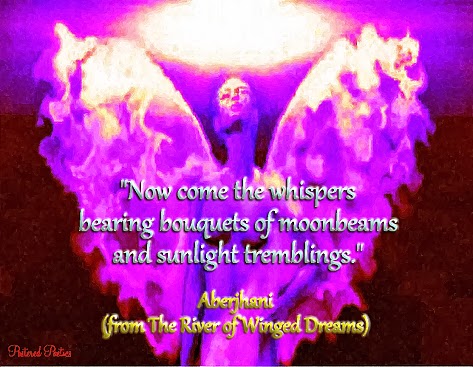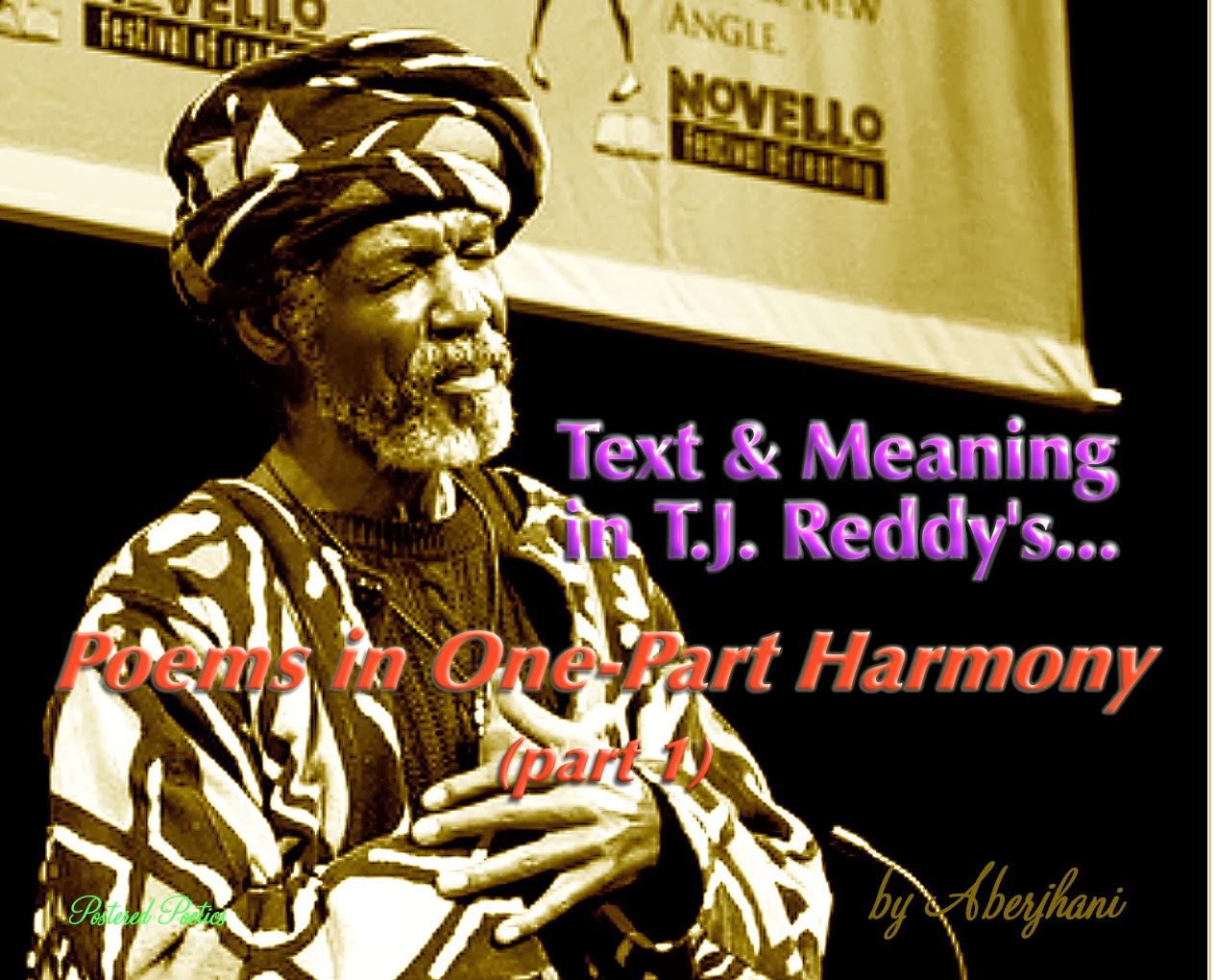Angel of Valentine Days and Nights: Editorial with Video Poem - by Aberjhani

Varieties of angels, like varieties of love, are many. It is therefore not too surprising that the angelic imagery utilized to help celebrate Valentine’s Day tends to range from innocent blushing cherubs to winged beauties swagged out in erotic creations worthy of placement in a Victoria’s Secret catalog. Valentine’s Day itself, like most holidays in the modern era, has been heavily influenced by commercialism that focuses on the appeal of romantic fantasies. The effective marketing of Valentine fantasy movies such as Winter’sTale (with Colin Farrell, Jennifer Connelly, and Jessica Brown Findlay);and the film Endless Love (with Gabriella Wilde and Alex Pettyfer) support that observation. Movies can provide tear-inducing or comically-entertaining representations of love but many agree that its deeper conflicting complexities often seem unfathomable. That is largely because different human hearts often interpret their experiences of love in different ways. Class
